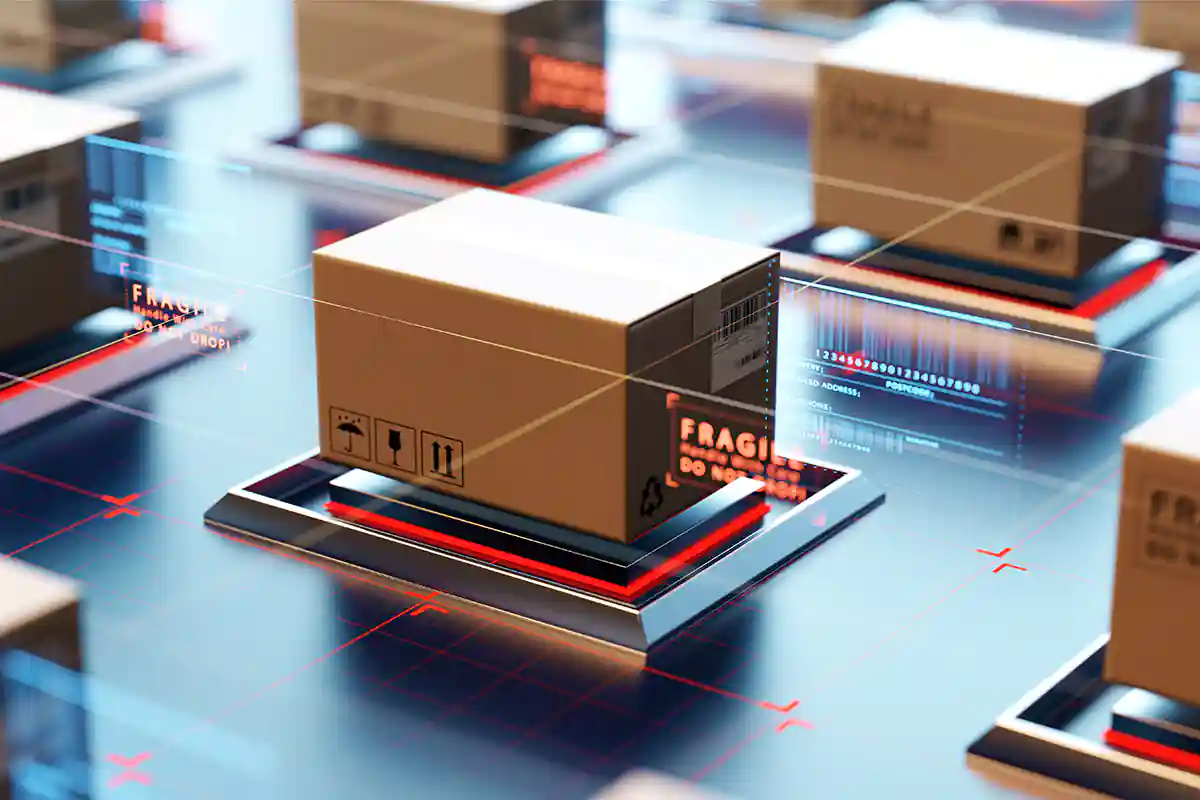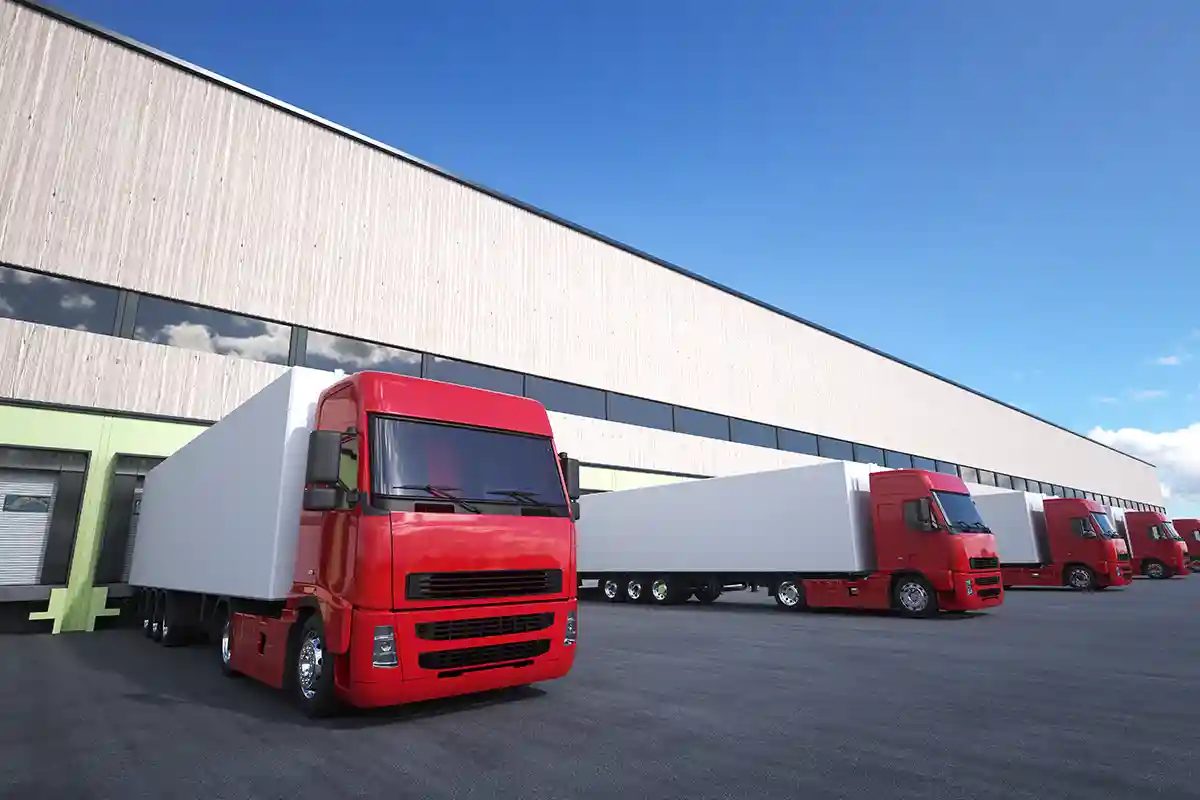Manage inventory
Mobile barcode scanners play an important role in inventory. If you notice that there are not enough scanners being available, extra work, frustration and costly delays can occur. However, purchasing too many barcode scanners can drive up inventory costs unnecessarily. The following tips can provide short- and long-term relief.
by Marc Teuber
book1203 words timelapse6 minutes reading time
Reduce the Need for Scanners: Optimize Inventory Preparation 🔗︎
Usually, inventory is due once a year, so there’s enough time for planning. Smart inventory organization can significantly reduce the workload. This can also help keep the number of barcode scanners required as low as possible.
Several Locations: Lend Barcode Scanners to each other 🔗︎
If there are two company branches, devices can also be lent out between the locations. Of course, this assumes that local inventory is carried out at different times. Possible disadvantage: Barcode scanners are then often used much more heavily. In this context, it is worth considering investing in more robust devices from the outset (if a purchase decision is pending). They can be operated for longer periods and subjected to greater wear and tear.
You should also take a look at device models that are easier to transport, do not get lost that quickly and make work more productive. For example, ring scanners that can be attached to the wrist or finger leave both hands free. This increases work productivity. Such devices are also less likely to be damaged or to get lost as being firmly attached to the body.
Cleverly determine Inventory Times 🔗︎
When inventory is being carried out, there are often time margins which can be used wisely. Depending on the type of business, it is also possible to carry out inventory during working hours, for example when there is low or only partial business traffic. In this case, your own employees can be involved during regular working hours, for example when there is low or partial business traffic. In this case, you can involve your own employees during regular working hours.
Perpetual inventory is another option, which is carried out step by step. For example, one category is being counted in January, another in February and so on. This also requires fewer barcode scanners in the respective periods, provided that all additions and disposals can be traced at any time. This is way you need to keep a stock ledger and corresponding lists - preferably in digital form in the ERP system.
Correctly determine Staff Quantity and Skills 🔗︎
A larger number of employees can speed up the inventory process. But only if deploying qualified personnel or qualified employees are sufficiently supervising other employees. In practice, there are often hired external workers such as students to carry out inventory. Usually, they are not quite familiar with the company processes what often leads to mistakes. It may then be necessary to recount, which costs extra time and extra money.
Preparing the Warehouse for Inventory: The right Type of Barcode 🔗︎
Shelves and items should be marked with barcodes. You should also ensure that barcodes are up-to-date and easy to read. The barcode type chosen needs to have sufficient capacity to store all information required. Additional information stored on barcodes improves orientation and prevents errors during inventory. This is especially true when the corner information is ambiguous. For example, 2D barcodes can store more data than 1D barcodes (How to find the right barcode type).
Make sure your Warehouse is not overstuffed 🔗︎
In addition, too much stock can also make inventory difficult. In many cases, the spaces designated for certain articles (or article groups) have already been filled. As a result, new goods have to be placed somewhere else what makes counting more difficult.
Facilitate Orientation in the Warehouse 🔗︎
It also makes sense to provide your employees with a warehouse plan or description. In many cases, corresponding information can be transferred - and also graphically supported - directly from the ERP system or via intermediate instance to individual barcode scanners. If it is impossible to access an electronic plan, a paper drawing can also be helpful. In addition, other signs, such as information signs, can be set up in the warehouse.
Also important: Good wi-fi reception and sufficient lighting 🔗︎
Wi-fi is one of the most common technologies used for mobile barcode scanners in the warehouse. Therefore, you should ensure there is sufficiently strong reception. This way, you can avoid delays in data transmission due to poor or no existing connection. Lighting is also important. If possible, LED lighting should be considered which ensures significantly better visibility in storage rooms and thus also fewer errors when scanning and counting.
Reduce the Need for Barcode Scanners: Do only count what is necessary 🔗︎
There is no need to count every single item during inventory. It is worth taking a closer look at this issue. The basic idea behind it: The less you have to count, the less effort and technical aids, which include barcode scanners, are needed. For example, fixed assets as well as raw materials and supplies (e.g. iron parts, boards, lubricants), only need to be counted every three years if they are not among the main sources of income. Ín the meantime, they can also be estimated if their total value, stock and type are only changing slightly (see § 240 HGB, Abs. 3).
Inventory Sampling: Significantly reduce Effort 🔗︎
If inventory sampling is used, this can also save effort (see § 241 HGB). This form of inventory is subject to approval and is based on the so-called Pareto principle. According to this, a representative fraction of the total stock is being counted and then extrapolated. Of course, this presupposes that the inventory value and type of goods are largely homogeneous and do not have a great fluctuation. In the past, large companies with very large inventories had the best prospects for approval. They had ERP systems, which are an important prerequisite for proper stock accounting. This is necessary for inventory sampling. Since ERP systems supporting the necessary processes in the warehouse are much more popular today, smaller companies can usually also use this type of inventory. An enquiry including the tax office provides clarity here.
Lack of Barcode Scanners: Smartphones can help deal with it 🔗︎
In general, barcode scanners can also be rented at short notice. Alternatively, you can purchase or rent smartphones being commercially available. Although there are additional costs associated with a purchase, you will benefit from the fact that smartphones are more versatile than professional barcode scanners. In addition, employees can even use their own devices in some cases. A greater disadvantage, however, is that there could be conflicts with applicable data protection laws. Nevertheless, it may be worthwhile to at least consider this option.
Smartphones for scanning Barcodes: Useful for Standard Tasks 🔗︎
Smartphones are quite suitable for standardized inventory tasks and normal working conditions. If you also invest in good protection cases, they are even usable in harsher environments. However, many modern smartphones run on batteries that are not replaceable. This creates difficulties if being used continuously for several hours or if employees are working in shifts. Moreover, it is important to ensure that the MDE software supports smartphones. This fact as well as the pros and cons of using smartphones as barcode scanners should be considered before selecting appropriate software solutions.
Central Data Management is important 🔗︎
You also need mobile device management software (e.g. SOTI) to centrally manage all barcode scanners - both professional devices and smartphones. The device settings can then be managed via an app that must be installed beforehand. This allows remote configurations and updates.
5 Ways Digital Logistics improves Business Processes
Digitalization is changing logistics processes. Today, some of these changes have growing importance for small and medium-sized companies (SME). Those dealing with the development in time can realize competitive advantages.
How Goods will get to the Customer faster
Fast deliveries are an important competitive factor today. However, there is often untapped potential along the supply chain - from the manufacturer and wholesaler to warehouse and dispatch. Some of these are highlighted below.

